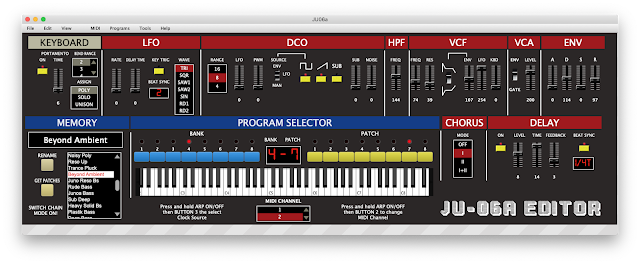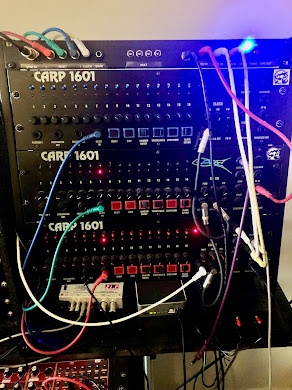MIDI Drawbars - based on D9U

When Guido Scognamiglio (Zioguido, GSi) released the D9U drawbard kit on GM-Lab I ordered the kit and built it. It was my first experience of the programming an Arduino Pro Micro and thanks to his excellent code I was able to modify and improve the unit. I then went on to build many projects based on the Pro Micro. GM-LAB I sold the D9U then picked up a set of old Hammond MIDI drawbars so I was able to build a unit based on Guido's design. One thing I didn't like about the D9U was the tiny micro switch at the back of the unit. This was used to switch between 2 sets of drawbars. I realised that it would be easy to use a rotary switch instead and then change the code to allow the adjustment of 4 sets of drawbars. Th CCs for the drawbars are stored in an array: int CCMap[4][9] = { { 12, 13, 14, 15, 16, 17, 18, 19, 20}, // Upper B { 40, 41, 42, 43, 44, 45, 46, 47, 48 }, // Upper A { 80, 81, 82, 83, 84, 85, 86, 87, 88 }, // Lower B { 50, 51, 52, 53, 54, 55, 56, ...







